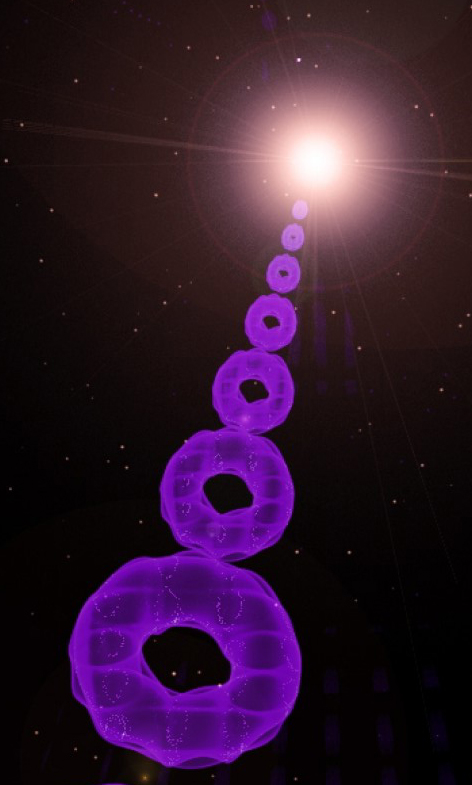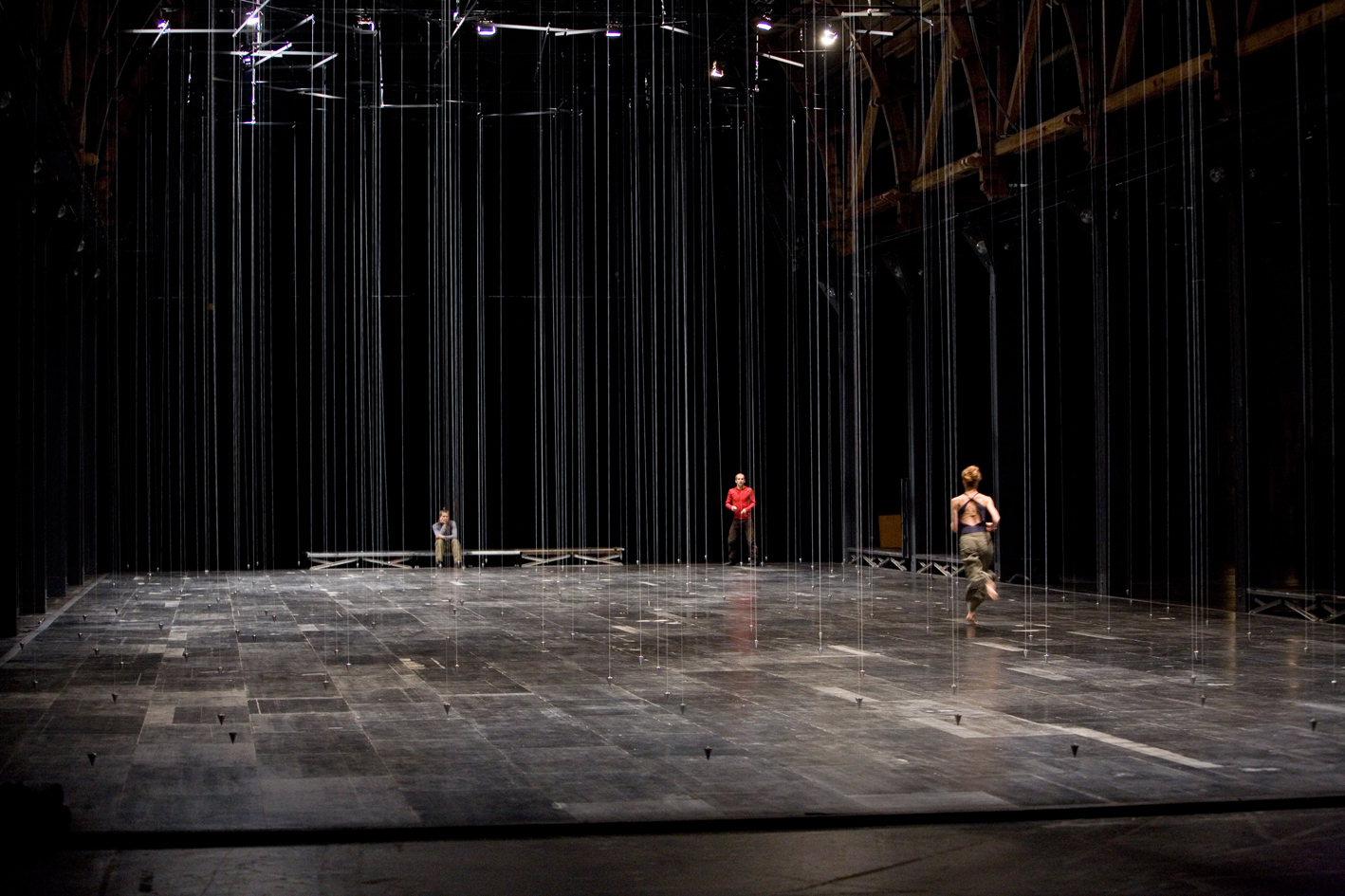スティーヴ・ライヒ
סטיב רייך
스티브 라이히
Стив Райх
Vermont Counterpoint
Vermont Counterpoint (1982) a été commandé par le flûtiste Ransom Wilson et est dédié à Betty Freeman. Il est composé pour trois flûtes alto, trois flûtes, trois piccolos et une partie solo, tous préenregistrés sur bande, plus une partie solo en direct. Le soliste en direct joue de la flûte alto, de la flûte et du piccolo et participe au contrepoint en cours ainsi qu’à des mélodies plus étendues. La pièce pourrait être interprétée par onze flûtistes, mais elle est principalement destinée à un solo avec bande. La durée est d’environ dix minutes. Dans ce laps de temps relativement court, quatre sections dans quatre touches différentes, avec la troisième dans un tempo plus lent, sont présentées. Les techniques de composition utilisées consistent principalement à construire des canons entre de courts motifs mélodiques répétitifs en substituant des notes à des silences, puis en jouant des mélodies qui résultent de leur combinaison. Ces mélodies ou motifs mélodiques qui en résultent deviennent alors la base de la section suivante au fur et à mesure que les autres parties environnantes de la bande contrapuntique disparaissent. Bien que les techniques utilisées en incluent plusieurs que j’ai découvertes dès 1967, la vitesse de changement relativement rapide (il y a rarement plus de trois répétitions d’une mesure), la modulation métrique dans et hors d’un tempo plus lent, et des changements de clé relativement rapides peuvent bien créer une impression plus concentrée et concise.
Steve Reich







